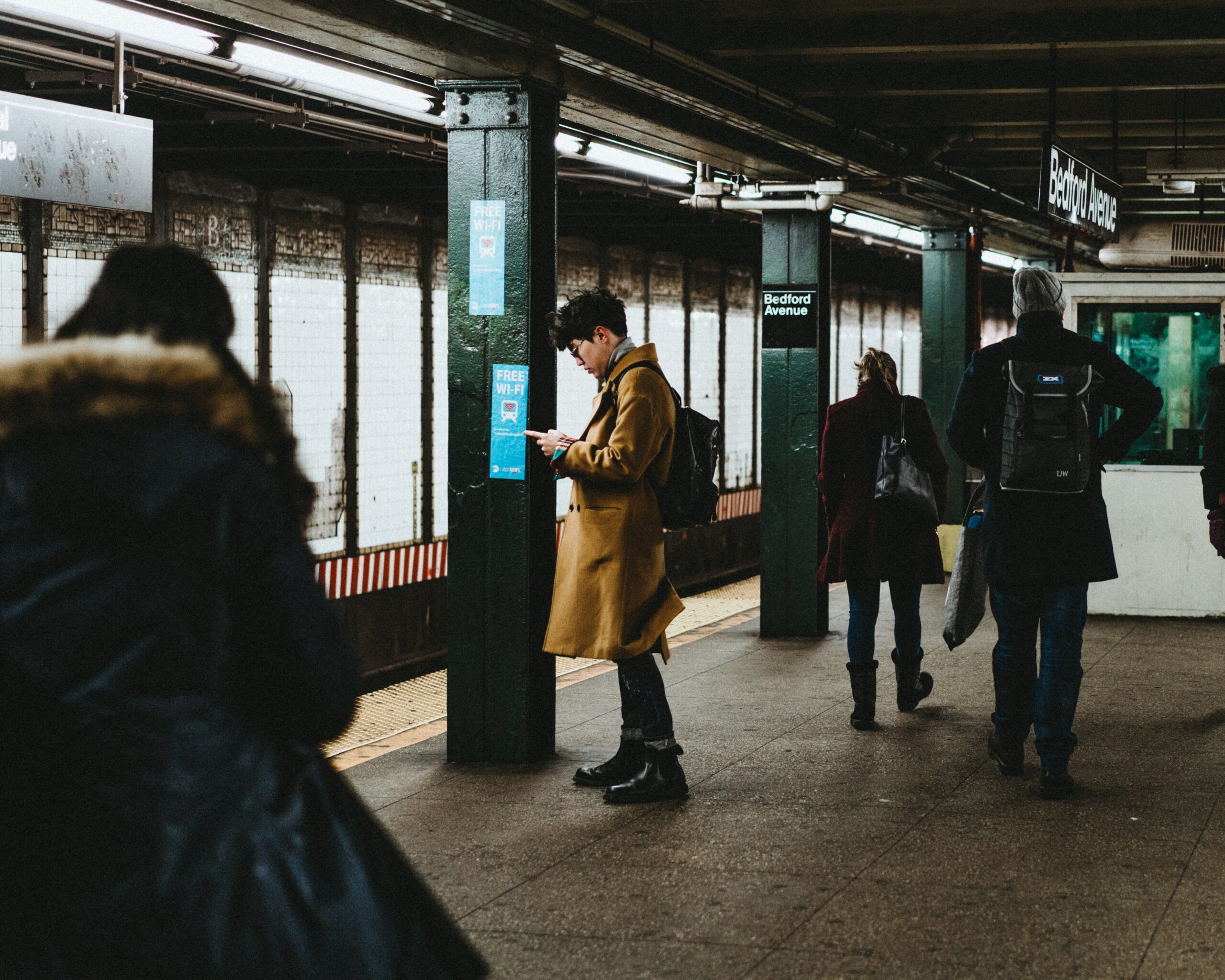
How to Recycle Correctly in New York City
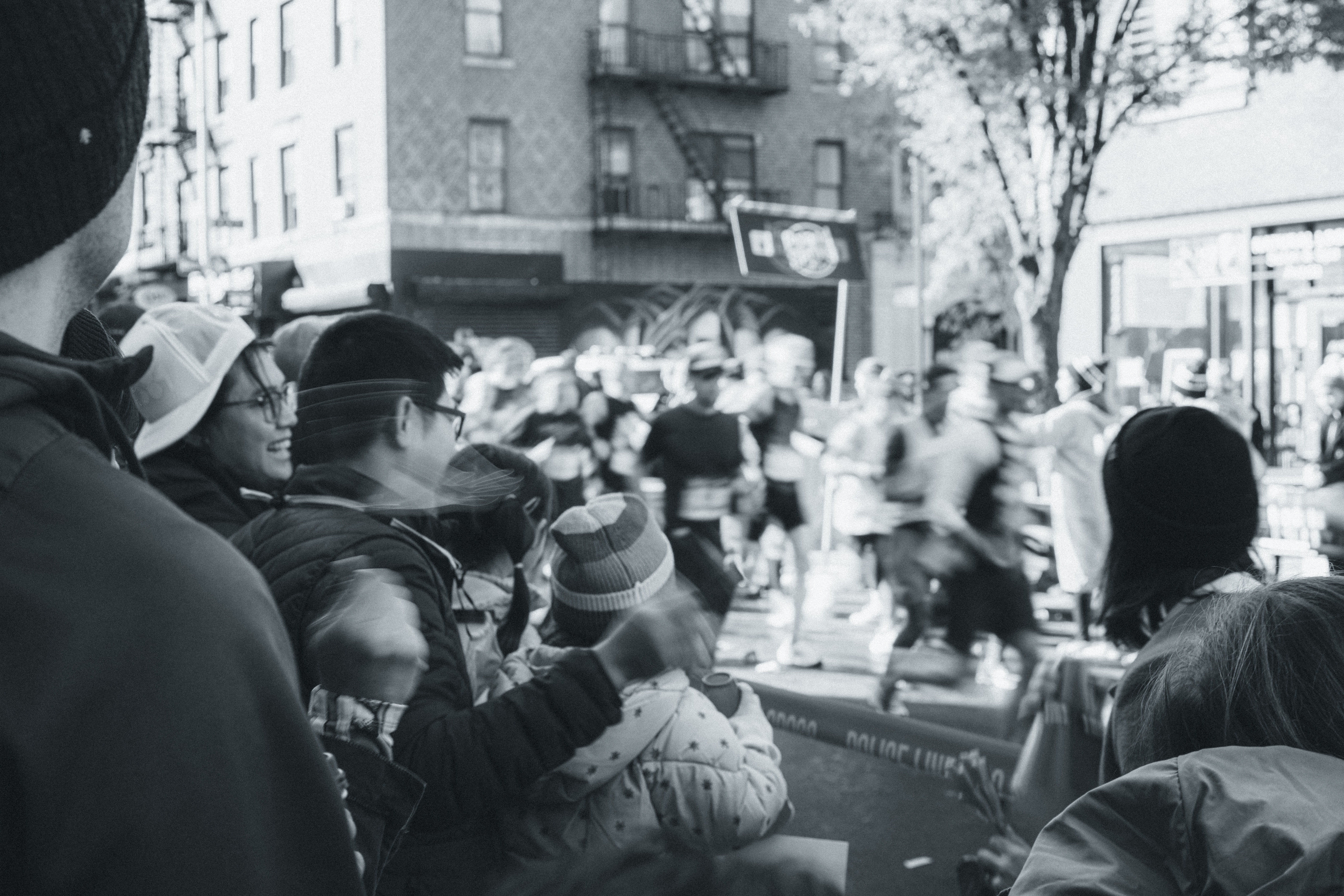
From San Quentin to the Streets of NYC – Rahsaan Thomas’ 1st Marathon as a Free Man

Andrew Yang Should Not Become New York’s Mayor

COVID-19 Part 4: New York Cases Plateau, Massachusetts Surges, the Rest of the U.S. Is Relatively Flat
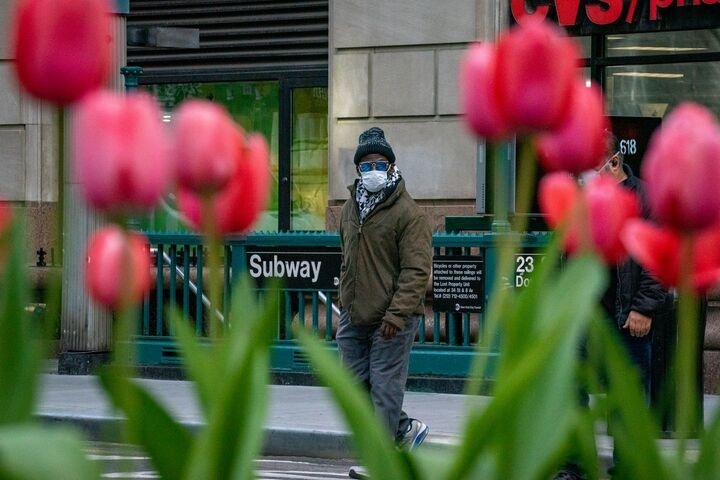
COVID-19 – Part 3: The Inflection Point
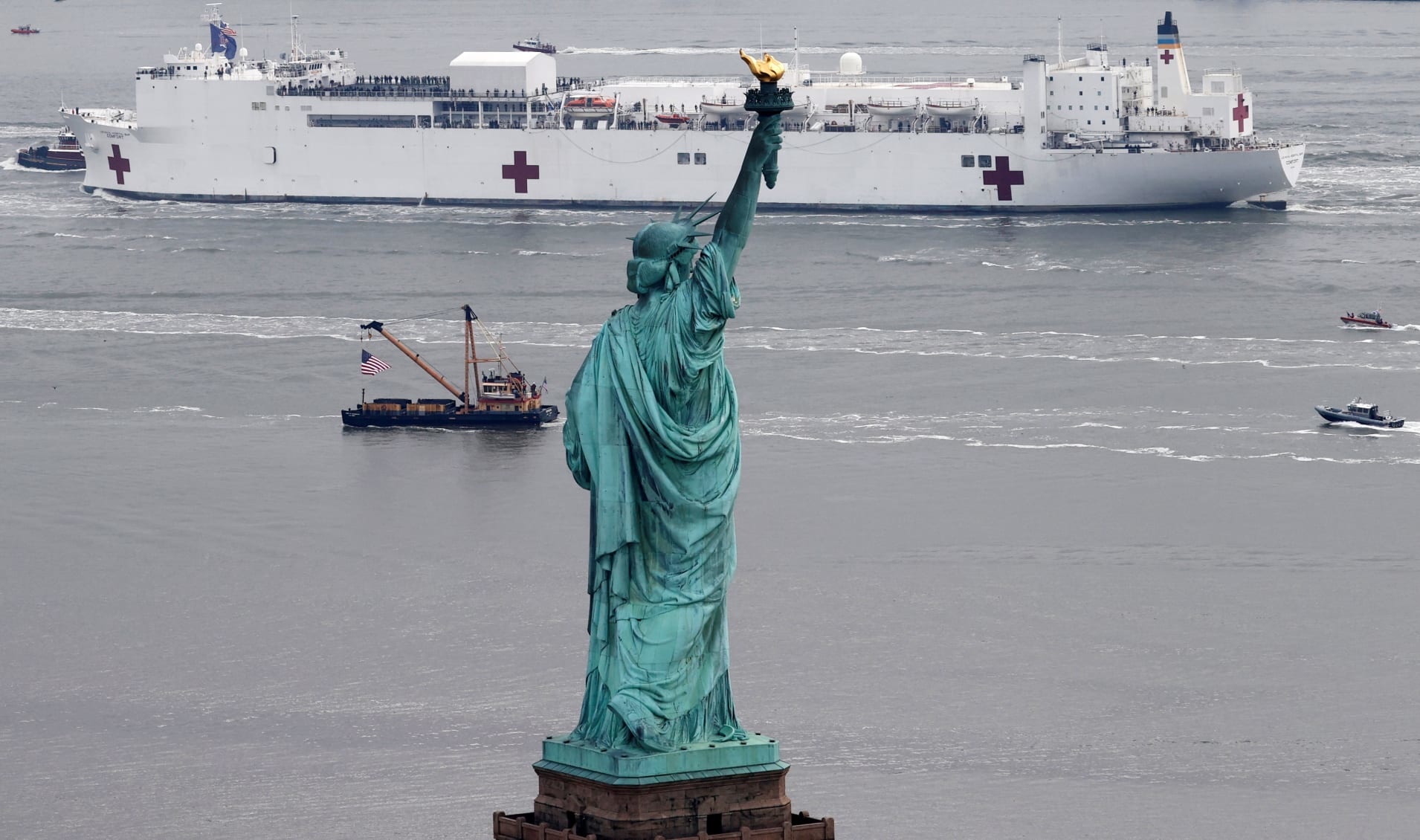
COVID-19 From Perspective of a Healthcare Professional | Why The Metaphor of War Is Inaccurate
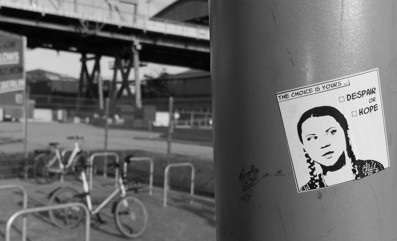
New York City Welcomes Teen Climate Activist Greta Thunberg

How Community Organizers Chased Amazon Out of NYC
